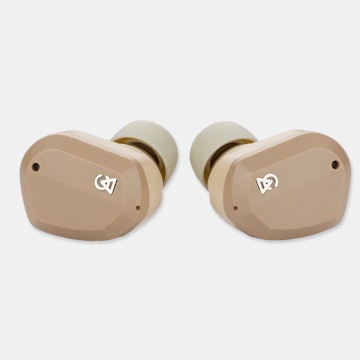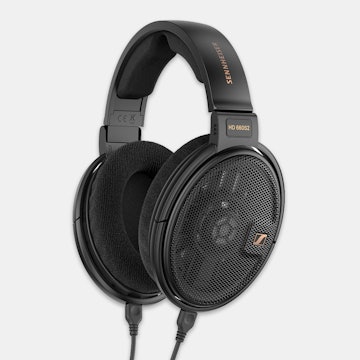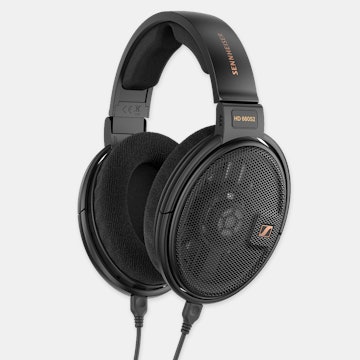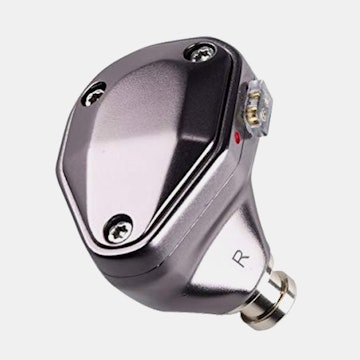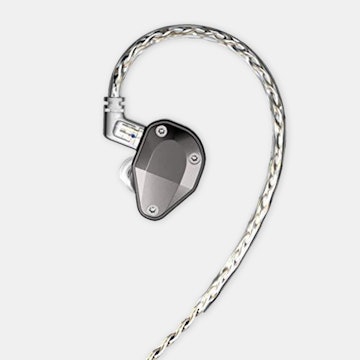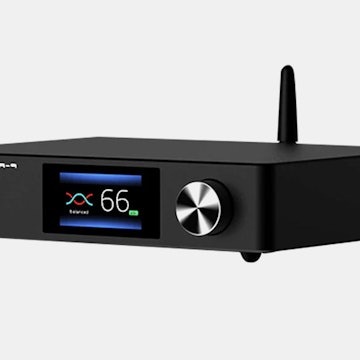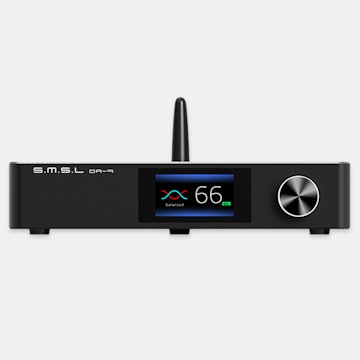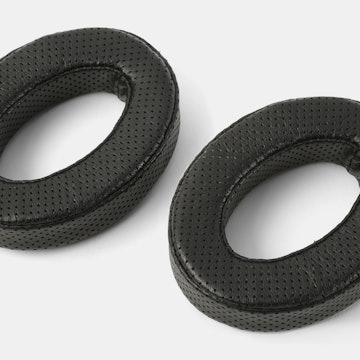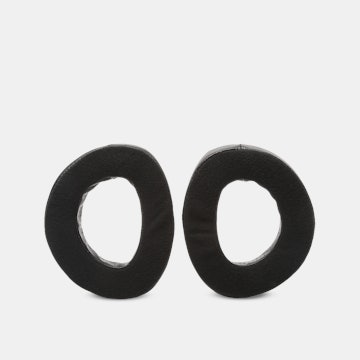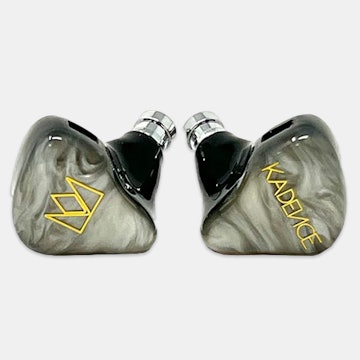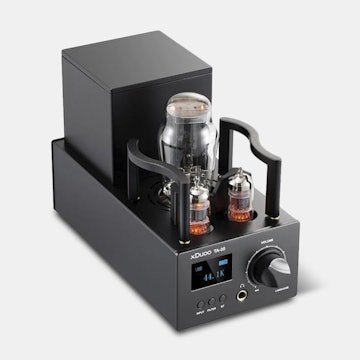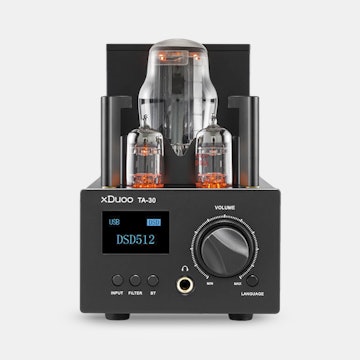Click to view our Accessibility Statement or contact us with accessibility-related questions




Showing 1 of 49 conversations about:
Audiopro
167
Jul 20, 2018
bookmark_border
I am confused. From reading the specifications it seems there are actually two drivers. One electrostatic, and one 40mm dynamic. So, is this some kind of hybrid or am I missing something?

Barondla
146
Jul 21, 2018
bookmark_border
AudioproThey are hybrids with a 40mm dynamic & 40mm electret driver in each earpiece.
Audiopro
167
Jul 22, 2018
bookmark_border
BarondlaThank you Barondla. Well, I guess they should not be advertised as "Electrostats." This also may explain some of the negative results obtained by a number of users. Neither type of driver is bad in/and of itself, but the two types have different response time characteristics, the dynamic type being slower than the electrostatic. Using the two types in a single product could cause smearing of the sound at certain frequencies. I'm just puzzled as to why the designers chose this path and would appreciate an explanation or clarification.

Barondla
146
Jul 22, 2018
bookmark_border
AudioproYes it is true that dynamic drivers are slower than electrets/electrostatics. But, they are using the slower dynamic driver to play the bass notes (which are slower). This concept has been used in many home speakers. Check out Martin Logan. The trick, as you mentioned, is to meld the two driver's into a coherent sound. The Mitchel & Johnson do a very good job of this.
The dynamic driver advantage is the amount of impact the bass has. Electrets/electrostats can't move much air in the bass frequencies. Look how panels are built - tightly stretched like a drum head. A dynamic driver can move back and forth much more. The only way for the electret/electrostat to make up for the shortfall, is to use a much larger panel. There are limits for what people will wear on their head.
Most of the electrostatic home speaker manufacturers advertise their hybrid speakers as electrostatic. It is the more expensive tech.
I agree that the Mitchell & Johnson don't sound exactly like $2000 Stax. But, the Stax I've heard are open back. These are closed. The MJ can be enjoyed in noisy environments. That is important since they are designed for listening on the go. enjoyed
No technology or product can do everything. The MJ2 give us a different choice. Just like the hybrid trend of adding balanced armature drivers to dynamic in ear monitors.
The MJ2 are nice sounding headphones. They do require break in. Don't even try to judge them without break in. Even though they are very efficient to drive, not every phone or dap can control the dynamic bass driver. Like most "speakers" they do better with better equipment.
The dynamic driver advantage is the amount of impact the bass has. Electrets/electrostats can't move much air in the bass frequencies. Look how panels are built - tightly stretched like a drum head. A dynamic driver can move back and forth much more. The only way for the electret/electrostat to make up for the shortfall, is to use a much larger panel. There are limits for what people will wear on their head.
Most of the electrostatic home speaker manufacturers advertise their hybrid speakers as electrostatic. It is the more expensive tech.
I agree that the Mitchell & Johnson don't sound exactly like $2000 Stax. But, the Stax I've heard are open back. These are closed. The MJ can be enjoyed in noisy environments. That is important since they are designed for listening on the go. enjoyed
No technology or product can do everything. The MJ2 give us a different choice. Just like the hybrid trend of adding balanced armature drivers to dynamic in ear monitors.
The MJ2 are nice sounding headphones. They do require break in. Don't even try to judge them without break in. Even though they are very efficient to drive, not every phone or dap can control the dynamic bass driver. Like most "speakers" they do better with better equipment.
Audiopro
167
Jul 22, 2018
bookmark_border
BarondlaI understand what you're saying but there is one bone of contention in that bass frequencies are not necessarily slower as sound travels at the same speed regardless of frequency. However the mass of a driver designed to reproduce bass is usually higher and therefore it reacts, and recovers, much slower. That's why speaker designers who plan to marry a dynamic woofer with a planar or electrostatic mid and tweeter, try to build low frequency drivers that are really rigid, with as low a mass as possible. As a bass player, a Martin Logan owner as well as a Magnepan owner and recording engineer, I know that the bass is not slower. Gale Saunders of ML says he has to cheat a bit in the crossover network, to get his hybrid's woofers to work well with the electrostatic mid/high drivers. On the other hand the Maggies are planar drivers throughout with plenty of bass output due to the larger area devoted to reproducing lower frequencies. Hence the drivers being of the same material, and driven uniformly, are equally as fast and you will hear those parts of the bass frequencies that are anything but slow. In other words, you will hear the detail and definition of the bass notes.
Even standard cone speakers have the problem of differences in the mass of the drivers, the smaller tweeter being quicker reacting than the woofer. Bottom line: any perceived slowness in bass reproduction is more due to reaction time of the higher mass woofer than the actual bass frequencies themselves.
Even standard cone speakers have the problem of differences in the mass of the drivers, the smaller tweeter being quicker reacting than the woofer. Bottom line: any perceived slowness in bass reproduction is more due to reaction time of the higher mass woofer than the actual bass frequencies themselves.


